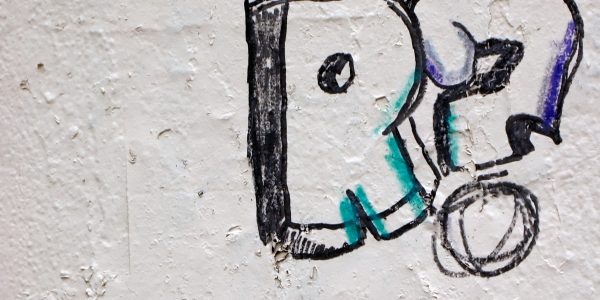What R we talking about? Pandemics and numbers
May 15, 2020
The Covid-19 pandemic has brought us many new words and phrases, words and phrases that are reshaping our lives, such as ‘social distancing’, furlough, WFH (working from home), which I always read as WTF, zoom meetings, PPE and so on. It has also brought with it lots of numbers and graphs and other mathematical and/or …
Pandemic poetry
May 1, 2020
In a post about songs in the times of coronavirus we said that there weren’t a lot of poems around yet. We only mentioned “Lockdown” by Simon Armitage… But things are changing – and I only and only vaguely looked at the poems written in English, here in the UK or elsewhere. For example, Gemma …
Silence, songs and solace: Music in the time of coronavirus
March 27, 2020
This post is jointly authored by Brigitte Nerlich (University of Nottingham), Martin Döring (University of Hamburg) and Pernille Bogø Jørgensen (University of Lancaster) *** Almost two decades ago, Martin Döring and I did a project on ‘the social and cultural impacts of foot and mouth disease’. Foot and mouth disease is an infectious and sometimes …
Controlling covid19: Where science meets policy
March 23, 2020
This is a GUEST POST by Abigail Woods, Professor in the History of Human and Animal Health, King’s College London. Since covid19 control shot up the agenda just over a week ago there has been an ongoing stream of commentary about how ‘the science’ connects up with ‘the policy.’ Many people seem to be struggling …
Flattening the curve to curb an epidemic
March 10, 2020
In my last blog post I noted the sudden appearance and wide spread of phrases like ‘flattening, stretching, extending, pushing down, drawing out the curve’ and/or the epidemic, meaning that if we can delay or slow down or ‘lower’ the peak of the epidemic for a while and make ‘it’ less steep, we can buy …










